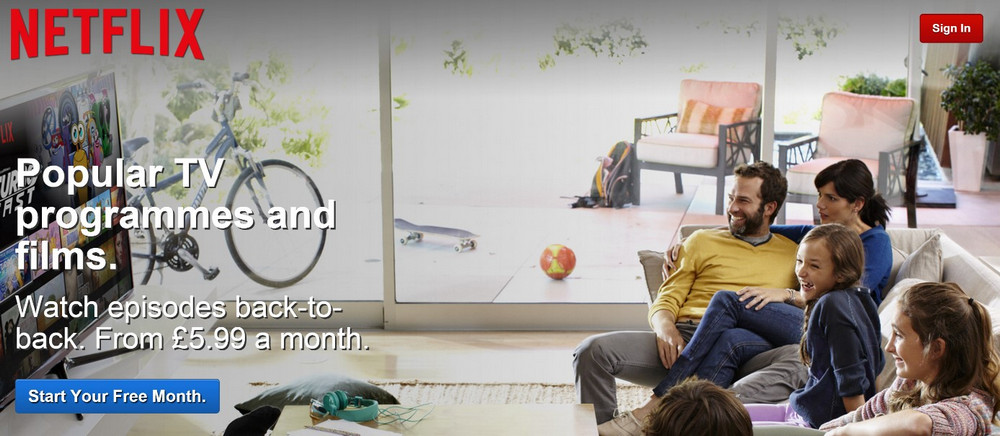Optimising and honing your landing page actions is a crucial step in gaining more customers or leads for your business. It’s a point so often made, but one which many businesses could still heed to make continual, successive improvements to their sites.
The best way to determine what works best for your business is to run landing page tests, changing elements to see how your conversion rate is affected.
This was demonstrated perfectly some years ago at scale by Barack Obama’s digital team, whose continual testing increased sign up conversions by 161%. What changes can you make to your landing page actions to get the ball rolling? I offer five ideas below:
You can’t convert a visitor if you make it too easy for them leave your site, or have barriers to conversion.
Sure, they may come back later if they remember your brand or you remarket to them, but why take the risk? A conversion-focused landing page should remove any, and all, obstacles to conversion. Social icons, unnecessary links, and ‘clear’ buttons on forms can harm your conversion rate, so think about whether you really need them. Actions:
If your conversion form requires a number of stages to complete, split it up into smaller sections, and guide the user through the process. A long form can seem daunting and put people off, resulting in a lost conversion.
Breaking the process down, either through multiple pages or a dynamic form which scrolls to the next section, can help solve this problem. Another good tip is to ask for any personal details, such as name, email and phone number at the end of the form, so that a visitor isn’t put off by having to give up these details right away. However, don’t ask for any details which you don’t really need. Actions:
 Make it obvious where a visitor is meant to be looking, or where to click. This can be overt, in the form of an arrow pointing to the conversion button, or something more subtle, such as a person looking towards it. This is a technique used by many large brands, such as Netflix, to get more people to convert. You can be sure they’ve put a lot of time, money, and effort into figuring these things out, so be sure to try them too! Actions:
Make it obvious where a visitor is meant to be looking, or where to click. This can be overt, in the form of an arrow pointing to the conversion button, or something more subtle, such as a person looking towards it. This is a technique used by many large brands, such as Netflix, to get more people to convert. You can be sure they’ve put a lot of time, money, and effort into figuring these things out, so be sure to try them too! Actions:
 Everyone likes something free. If you can bundle a freebie into your conversion process, this can help improve your volume of conversions – as well as your ROI – either by enticing the visitor to convert, or encouraging them to share with friends who might do the same.
Everyone likes something free. If you can bundle a freebie into your conversion process, this can help improve your volume of conversions – as well as your ROI – either by enticing the visitor to convert, or encouraging them to share with friends who might do the same.
A good example of this is used by Beer52.com: once you’ve scrolled down the page a little, a box slides in at the top of the page offering a time-sensitive offer for a free book, worth £14.99, if the visitor converts within 10 minutes or so.
Presumably, they’re also testing different lengths of time to see which results in the optimal conversion rate. This can be a good nudge if the visitor is close to converting, but a little undecided. Actions:
As web users ourselves, we know very well that we won’t hang around long for a page to load, or if a page feels sluggish to use. A fast website is crucial to attaining a strong conversion rate, so take steps to improve page load speed if you can. Handily, Google offer a free speed testing tool with in-depth recommendations on how to improve your site’s speed, which you can either implement yourself or pass on to your web developers. Actions:
Choosing a marketing company to help to spruce up your website is not easy, as there are so many web designers in the UK to choose from.
We want to help you find the ‘right’ web designer for your business. Just fill in the form for free quotes.